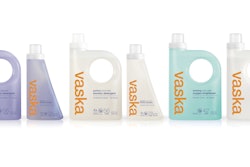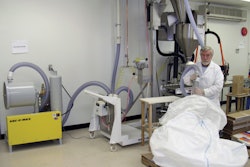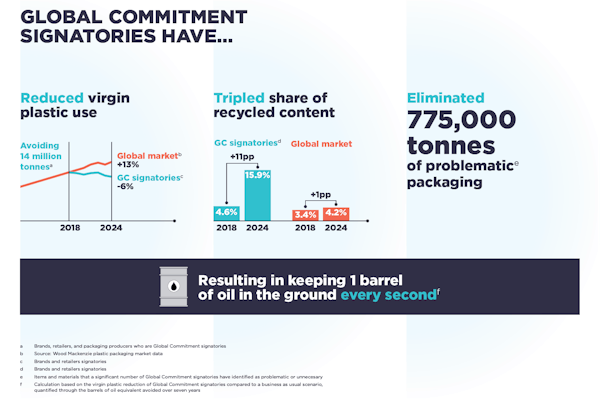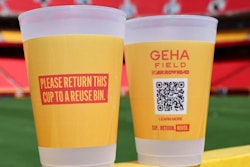
As 2012 draws to a close, Shelf Impact! and Dragon Rouge complete the year’s final Innovation Survey with a focus on packaging for home and garden products, and reflect on the results of the previous three surveys. Comparing home and garden product packaging to the categories previously studied this year—beverages, food, and personal care/OTC—reveals that while the pace of product introductions may be less frenzied in this category, there are some notable innovations taking place here.
With composite scores ranging from 3.87 to 3.99 on a five-point scale, the leading innovations in the home and garden industry are the The Scotts Co.’s Snap cartridge spreader system, Tide Pods from Procter & Gamble, and Universal Lubricant’s flagship product, ECO Ultra Synthetic Blend Motor Oil, in a flexible pouch. While all three scored high across the board, they were remarkably strong in relation to concept idea, structure, and graphics. Through the development of advanced technology platforms, these products have taken innovation to a new level, while also encouraging new and different ways for the consumer to interact with the product.
Taking the lead in this quarter’s survey is Scotts’ revolutionary new Snap spreader system, designed to take the guesswork out of lawn care. The product line includes a spreader and specially formulated products for specific lawn-care needs, such as weed control, insect control, and fertilization. The new spreader system features a custom flexible pouch with fitment that becomes an integral part of the product-dispensing process. The packaging not only uses encompassing graphics and vibrant colors, but also stands out with clear communication on-pack of the product’s intent.
Demonstrating a new level of platform technology, the cartridge—or Snap-Pac, as it is called by Scotts—secures with the applicator to simplify the overall process, while also enveloping environmental benefits. The package optimizes space, and with its standout dimensions, it illuminates an on-shelf presence and consumer interaction.
Another breakthrough example of revolutionary innovation through packaging can be seen in P&G’s Tide Pods. In a world where innovation and technology are constantly evolving, there had not been a fundamental shift in how people do laundry in quite some time. The single-dose pods feature an exclusive three-chamber design containing product formulations that brighten, fight stains, and clean. Conveniently premeasured, Tide Pods are also engineered with a proprietary film technology that dissolves and works effectively in all water temperatures, in any type of washer, and for any size load. The pods are housed in a unique tub with a round structure and a lid that highlights the brand’s signature shade of orange. The tub also features a double latch to prevent child access. The eco-benefit provides a lift to consumers and is an example of intermittent innovation that will continue to drive the category to new levels.
New levels of platform technology and consumer insight can also be seen in the recent relaunch of Universal Lubricants’ re-refined flagship product—ECO ULTRA Synthetic Blend Motor Oil. The first of its kind, the product is now packaged in a sustainable, flexible stand-up pouch. In comparison with conventional rigid plastic bottles, the new durable FlexPak offers consumers a faster, easier, and cleaner way to change their oil.
The pouch material is formulated to provide the superior burst and seal strengths required for the rigors of oil and other hard-to-hold liquid products. Designed for durability, the packs reportedly have passed drop tests in excess of 20 ft. And, the pouch’s Clean Spout fitment has been engineered to enable an easier, smoother pour without “glugs”—air bubbles that form and cause oil to spill when the product is poured from the bottle. All in all, the stand-up pouch not only makes a valuable shelf impression in an otherwise stale packaging environment, but it also gives retailers a distinctive opportunity to bring consumers a high-performance product in an environmentally responsible package.
Innovation is not innovation unless it is compelling
Regardless of average or below-average scores, the packaging innovations that did not fare as well have one thing in common: They did not provide a compelling reason to attract and engage both new and current consumers to their category or brand.


























